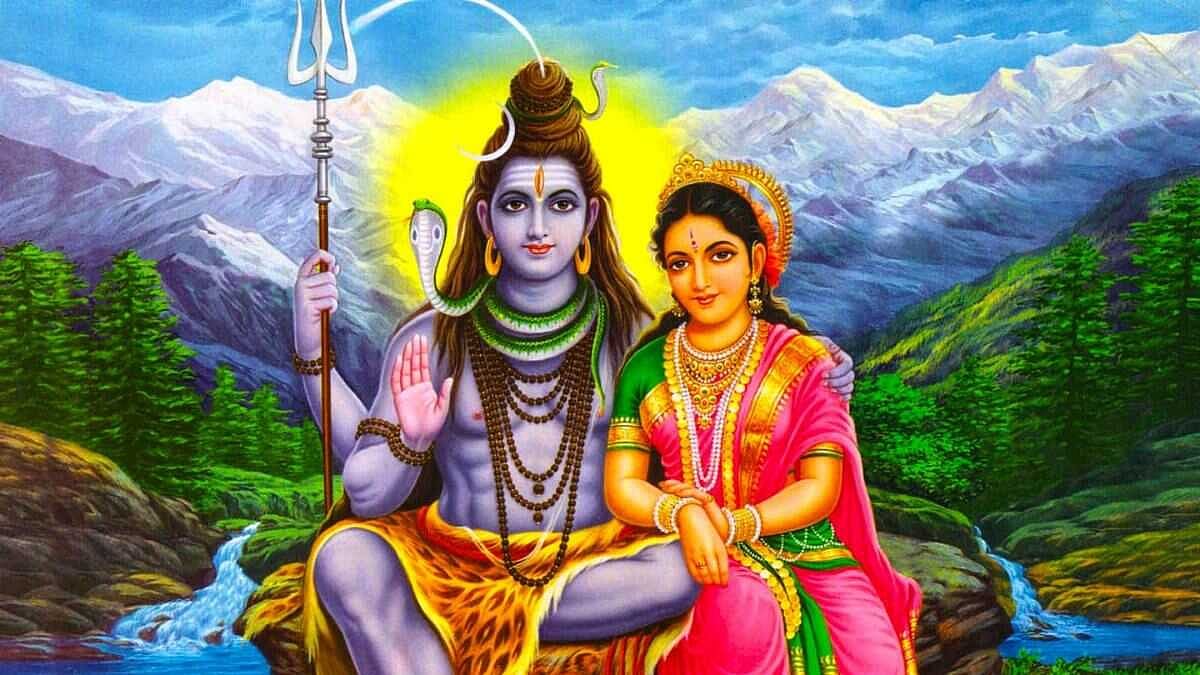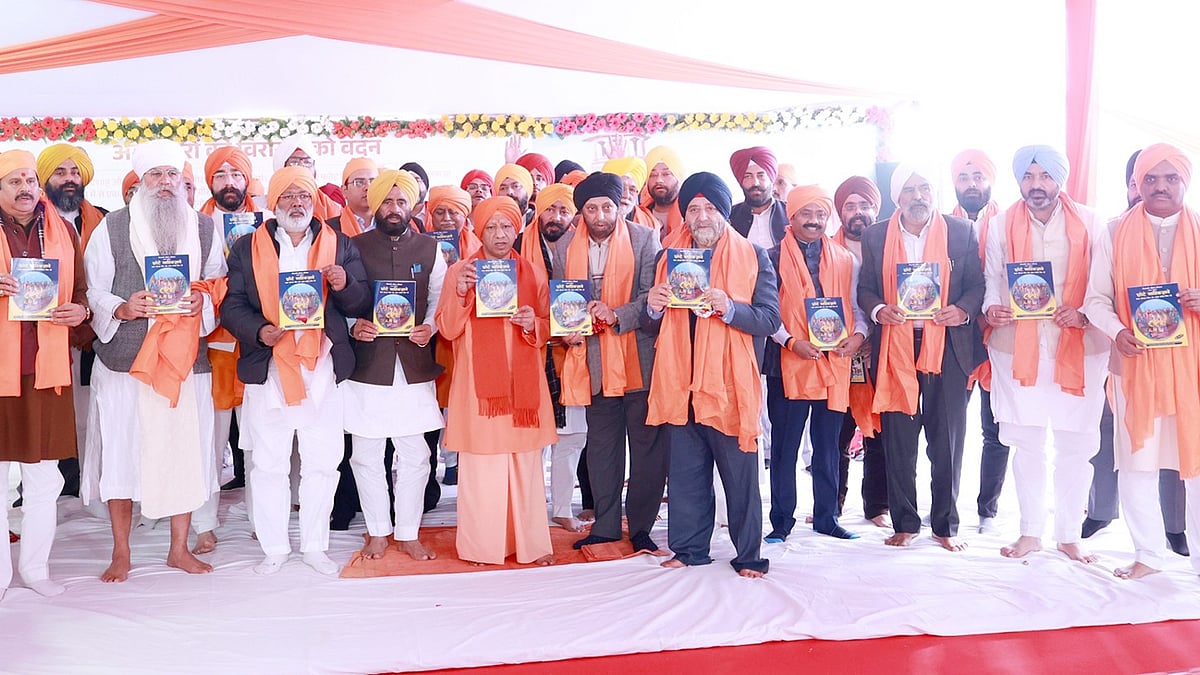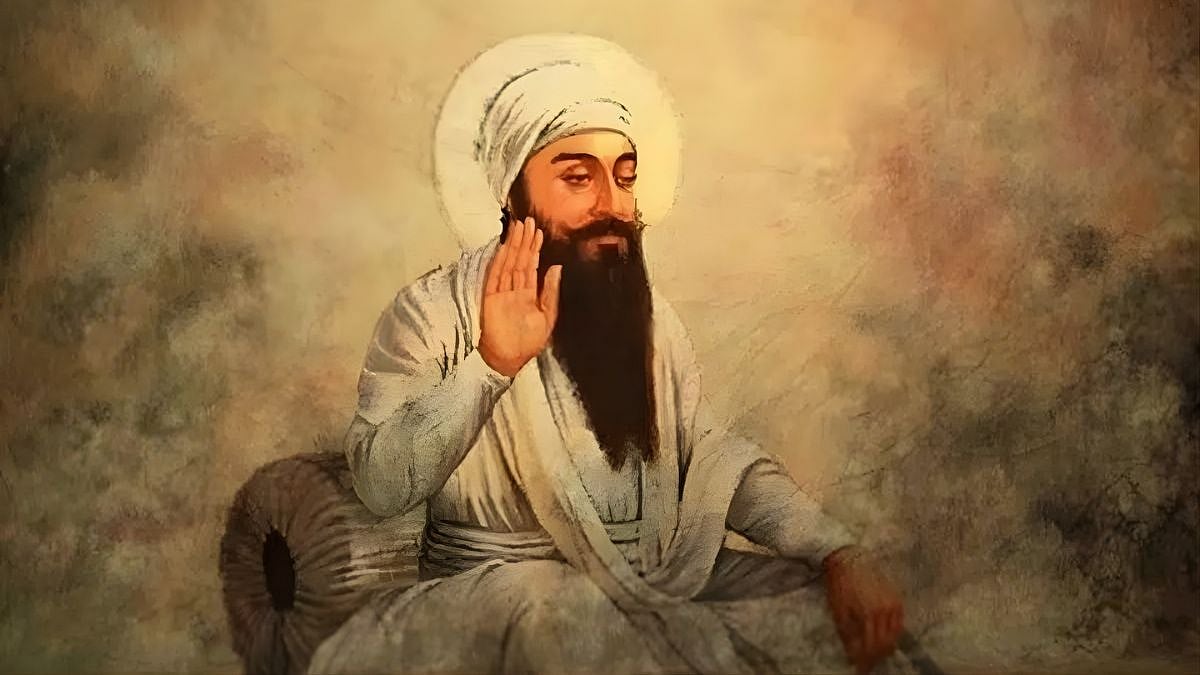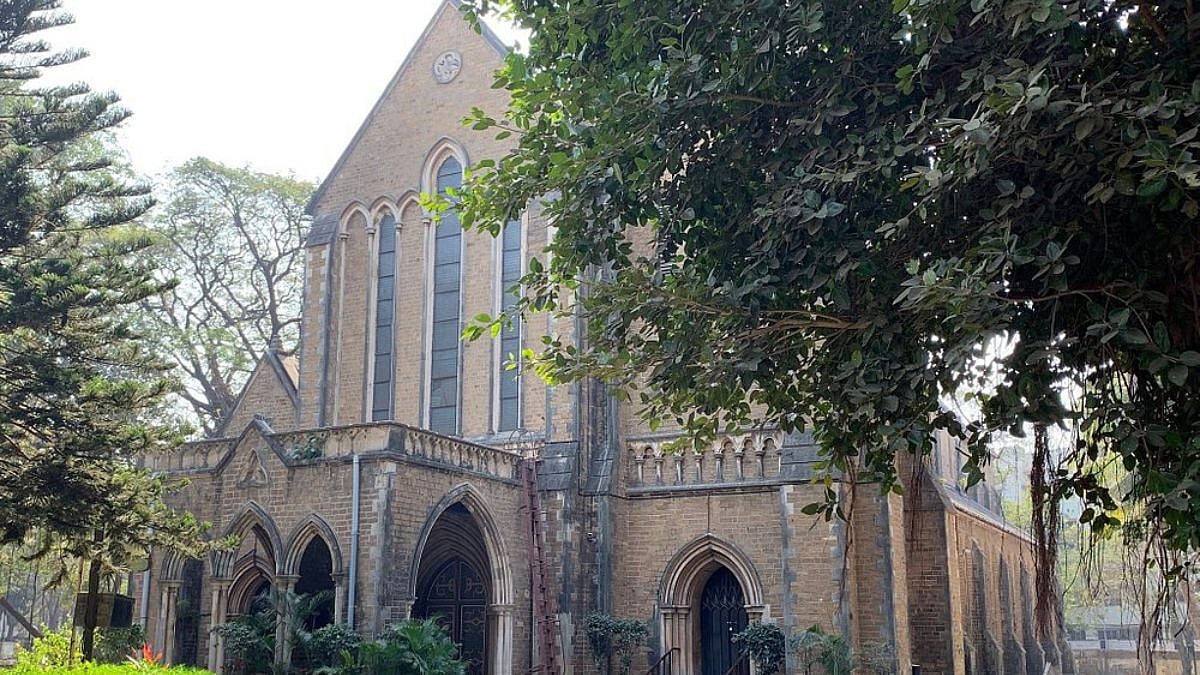Pragya is intellect and Vivardhana means increasing. Thus, the Pragya Vivardhana Stotram is that which extols GOD’s appropriate forms for the desired benefit of intellectual growth.
The divine couple of Shiva and Parvati were blessed with the powerful son who came out in special circumstances. The very reason for the ‘Kumara Sambhavam’ (occurrence of son) was to eliminate the demon named Taraka. Thus, Kumara was born with lot of might and was blessed with many warrior vidyas. He was invincible, and could achieve the task of killing Taraka in no time. He was appointed as the ‘Deva Senani’, meaning the chief commander of divine forces.
As he had the might and mastery of warrior techniques, he had the mastery of spiritual vidyas. It is said that when Shiva had temporary lapse of memory, it was Kumara who ‘re-initiated’ Shiva into the Pranava mantra (Aum). The Pragya Vivardhana Stotram lists the qualities and achievements of Kumara with appropriate names.
Through this we come to know that GOD is addressed as Yogeeshwara. He is named also as ‘Maha Sena’. Because he was raised by Krittikas, he is called Kartikeya. He was also initially carried by Agni, hence Agni-nandana is his additional name. Skanda, Kumara, Senani are the other names by which he is called. He is also addressed as Swami.
As he is Shiva’s son, ‘Shankara Sambhava’ is the name. He was carried by Ganga river initially, and hence ‘Gangeya’ is the derived name. As he is known as a bachelor, Brahmachari is the appropriate name. He was born to eliminate Taraka, he is called ‘Enemy of Taraka’, or ‘Taraka+Ari’. As Parvati too facilitated the process, he is called Uma+Putra. Other names also include Shadanana, Samudrascha, and Guha.
Chanting the Stotram that include above names among others gives all the intellectual prowess one might desire. Kumara is also known as the giver of ‘bhoga’ and ‘moksha’. It means, both the ‘iha’ (worldly) and ‘para’ (other-worldly) are taken care of. Reciting this Stotram as a regular practice with the guidance on when and how to chant shall benefit the seeker on the intellectual plane tremendously. Given the ‘grey’ benefit scope, both the young and older can benefit out of this; younger to gain the prowess, and latter to retain the valuable. Swasti.
Prof S Ainavolu is a Mumbai-based teacher of Tradition and Management. Views are personal. https://www.ainavolu.in/blog









